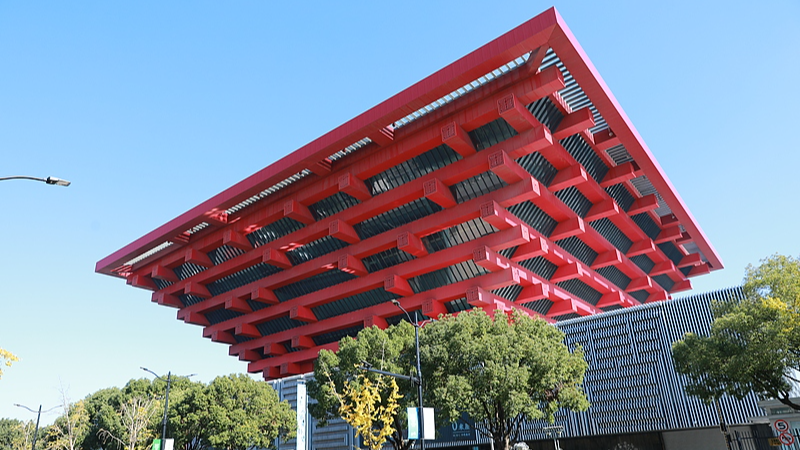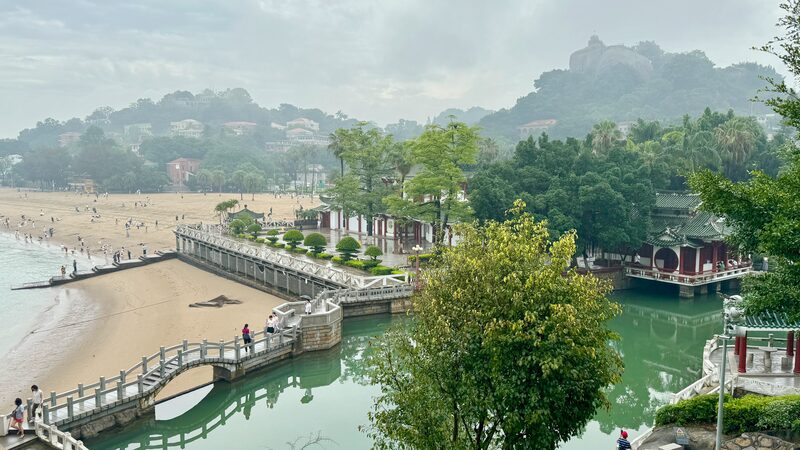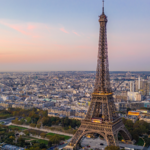When world expos end, their flashy pavilions often fade from memory – but some defy the odds to become timeless symbols of culture. 💥 Case in point: Shanghai’s crimson jewel, the China Art Museum, which began life as the China Pavilion for Expo 2010. Today, it’s Asia’s largest art museum, proving that great design + cultural pride = forever iconic. 🇨🇳
Osaka Expo 2025: The Next Chapter
While Japan preps for Expo 2025 (theme: ‘Designing Future Society for Our Lives’ 🚀), let’s spotlight how past expos shaped cities. Osaka’s Yumeshima Island will host six months of global tech and culture showcases – but the real magic happens when these structures get second lives.
A Pavilion Reimagined
The China Art Museum’s dougong-style design – featuring interlocking wooden brackets used in ancient palaces – merges tradition with futurism. Its fiery red exterior isn’t just Insta-worthy 📸; it embodies Chinese values of luck and joy. Over 166,000 sq ft of exhibition space now hosts everything from calligraphy to digital art.
Why It Matters
🌍 Sustainability meets storytelling: Repurposed Expo sites reduce waste while preserving history.
🎨 Cultural bridges: The museum welcomes 2M+ visitors annually, introducing global audiences to Chinese artistry.
🔮 Blueprint for Osaka? Could Japan’s expo structures follow Shanghai’s lead? Time will tell!
Reference(s):
cgtn.com








